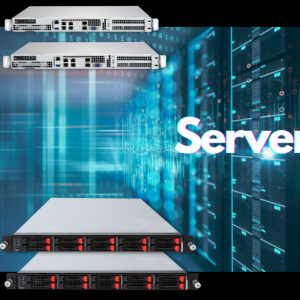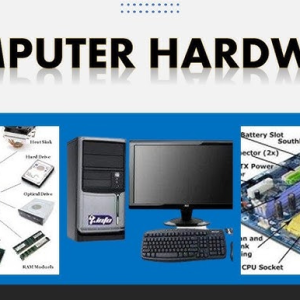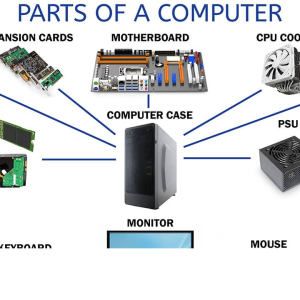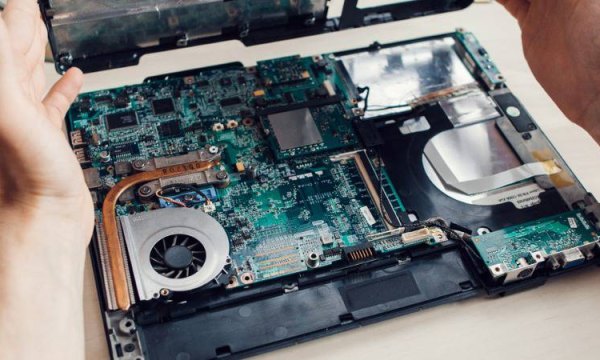
As Windows 10 continues to be a popular operating system choice for many users and businesses, understanding its hardware requirements is essential for optimal performance and functionality. Whether you are upgrading an old system or purchasing new hardware, knowing the hardware requirements for Windows 10 can help ensure a smooth and efficient computing experience. In this guide, we’ll explore the detailed hardware requirements for Windows 10, including its various editions such as Windows 10 Professional, to help you make informed decisions.
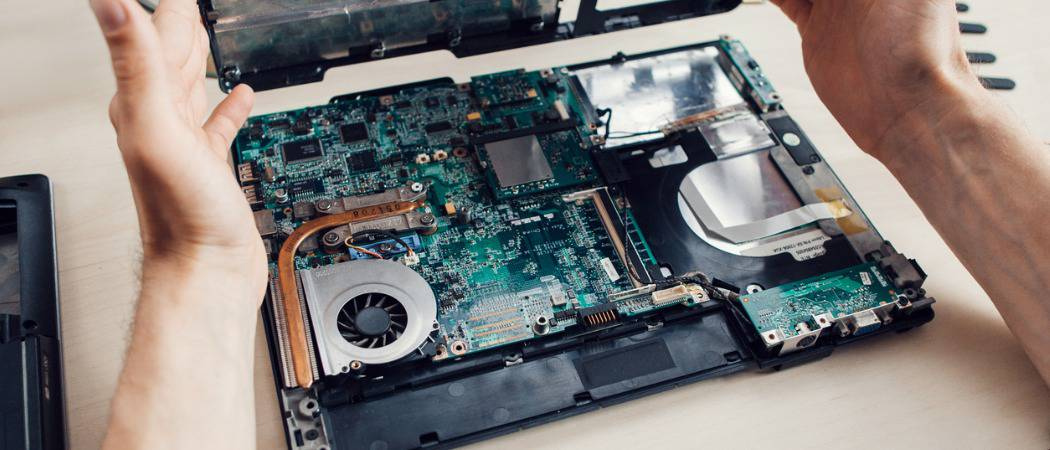
Overview of Windows 10 Hardware Requirements

Windows 10 comes with specific hardware requirements that must be met to ensure the operating system functions properly. These requirements are designed to ensure that users have a responsive and reliable experience. The hardware specification for Windows 10 covers a range of components including the processor, memory, storage, and graphics.
- Processor (CPU)
- Minimum Requirement: Windows 10 requires a 1 GHz or faster processor with at least 2 cores. This is essential for the operating system to run efficiently.
- Recommended Specification: For a smoother experience, especially with multitasking and more demanding applications, a more powerful processor such as an Intel Core i5 or AMD Ryzen 5 is recommended.
- Memory (RAM)
- Minimum Requirement: At least 1 GB of RAM for the 32-bit version and 2 GB for the 64-bit version. This is sufficient for basic tasks and light usage.
- Recommended Specification: To improve performance and enable smooth operation of modern applications, 4 GB of RAM is recommended for 32-bit systems, and 8 GB for 64-bit systems.
- Storage
- Minimum Requirement: Windows 10 requires a minimum of 16 GB of available storage space for the 32-bit version and 20 GB for the 64-bit version. This is essential for installation and basic operation.
- Recommended Specification: For better performance and to accommodate more applications and files, a Solid State Drive (SSD) with at least 256 GB of storage is recommended.
- Graphics Card
- Minimum Requirement: A DirectX 9 or later graphics card with a WDDM 1.0 driver is required. This ensures compatibility with Windows 10’s graphical interface and features.
- Recommended Specification: For enhanced graphics performance, particularly for gaming or graphic-intensive applications, a DirectX 12 compatible graphics card with a WDDM 2.0 driver is recommended.
- Display
- Minimum Requirement: A display with a resolution of at least 800 x 600 pixels is necessary for the operating system’s user interface to be displayed correctly.
- Recommended Specification: For better usability and clarity, a display with a resolution of 1920 x 1080 pixels (Full HD) or higher is preferred.
- Other Hardware
- Minimum Requirement: Devices must support UEFI firmware with Secure Boot capability and have TPM version 2.0 for enhanced security features.
- Recommended Specification: For improved security and future-proofing, ensure that your system supports UEFI firmware, Secure Boot, and TPM version 2.0.
Windows 10 Professional Hardware Requirements
Windows 10 Professional shares the same core hardware requirements as the standard version of Windows 10. However, it may benefit from higher specifications due to its advanced features and additional capabilities. For example:
- Processor: A multi-core processor with higher clock speeds can enhance the performance of professional applications and features.
- Memory: While the minimum requirements are the same, having more RAM (8 GB or more) can help manage business applications and virtual machines more effectively.
- Storage: An SSD with higher capacity (512 GB or more) is recommended for professional use to handle large files and data efficiently.
Tips for Meeting Hardware Requirements

- Check Compatibility: Before upgrading or purchasing new hardware, check compatibility with Windows 10 to ensure a smooth transition.
- Consider Future Needs: Opt for hardware that exceeds the minimum requirements to accommodate future updates and applications.
- Regular Updates: Keep your drivers and system firmware updated to maintain compatibility and performance with Windows 10.
Conclusion
Understanding the hardware requirements for Windows 10 is crucial for achieving optimal performance and ensuring a smooth computing experience. Whether you are running Windows 10 Home or Windows 10 Professional, adhering to the recommended hardware specifications will enhance your system’s efficiency and capability. By investing in compatible and robust hardware, you can enjoy all the features and benefits that Windows 10 has to offer.
If you have any questions for us, you can see more at: https://hardwarepc.xyz/, X

